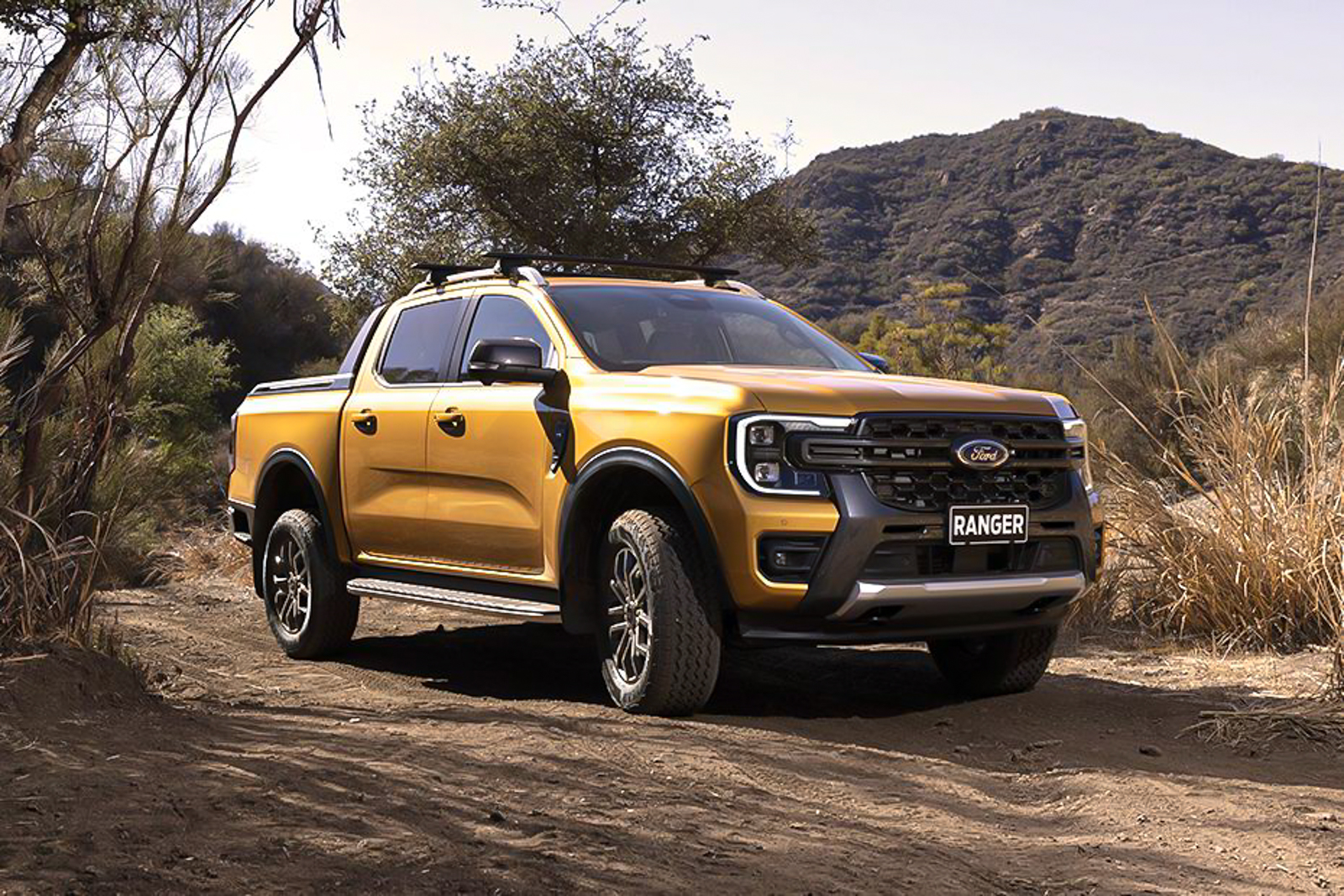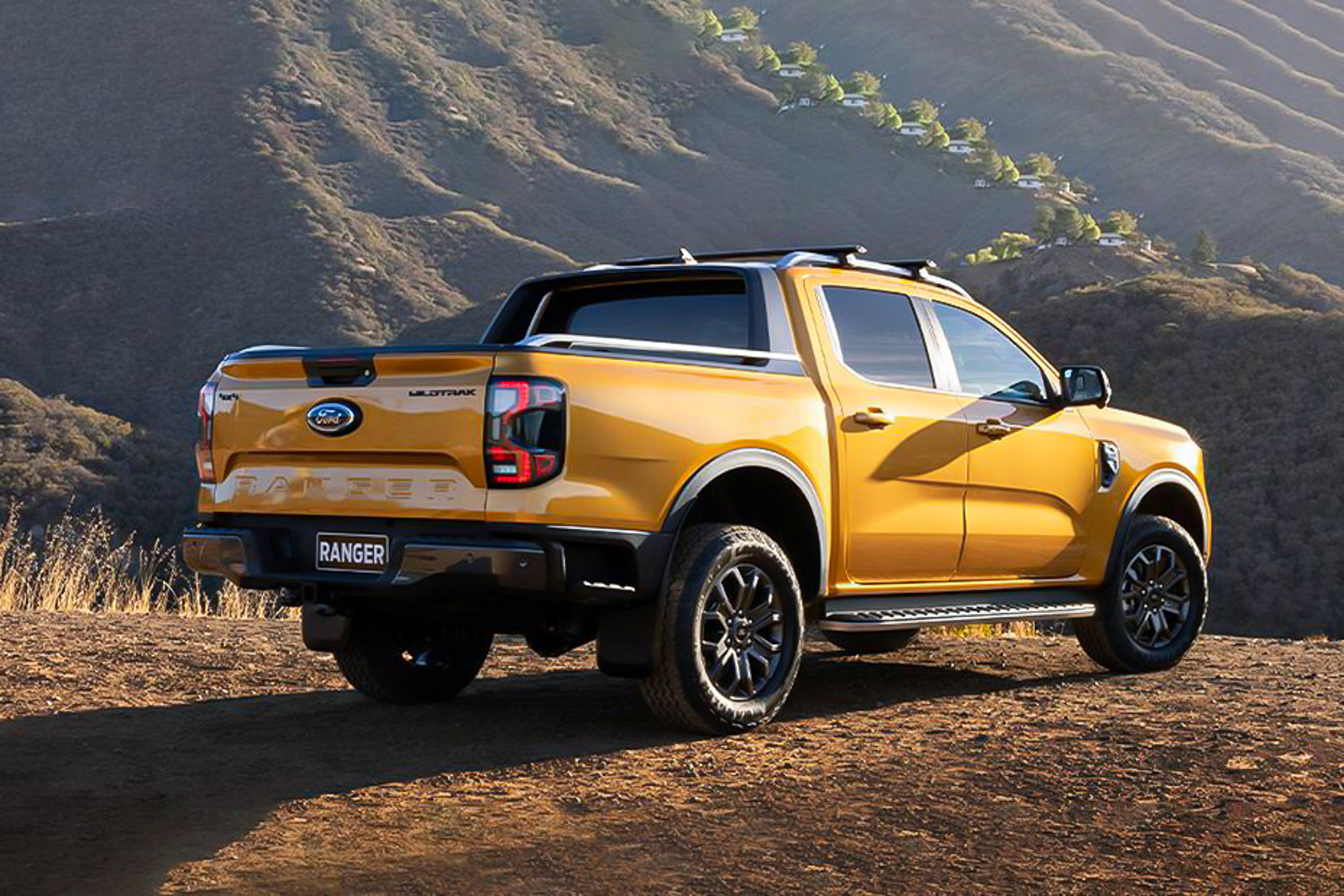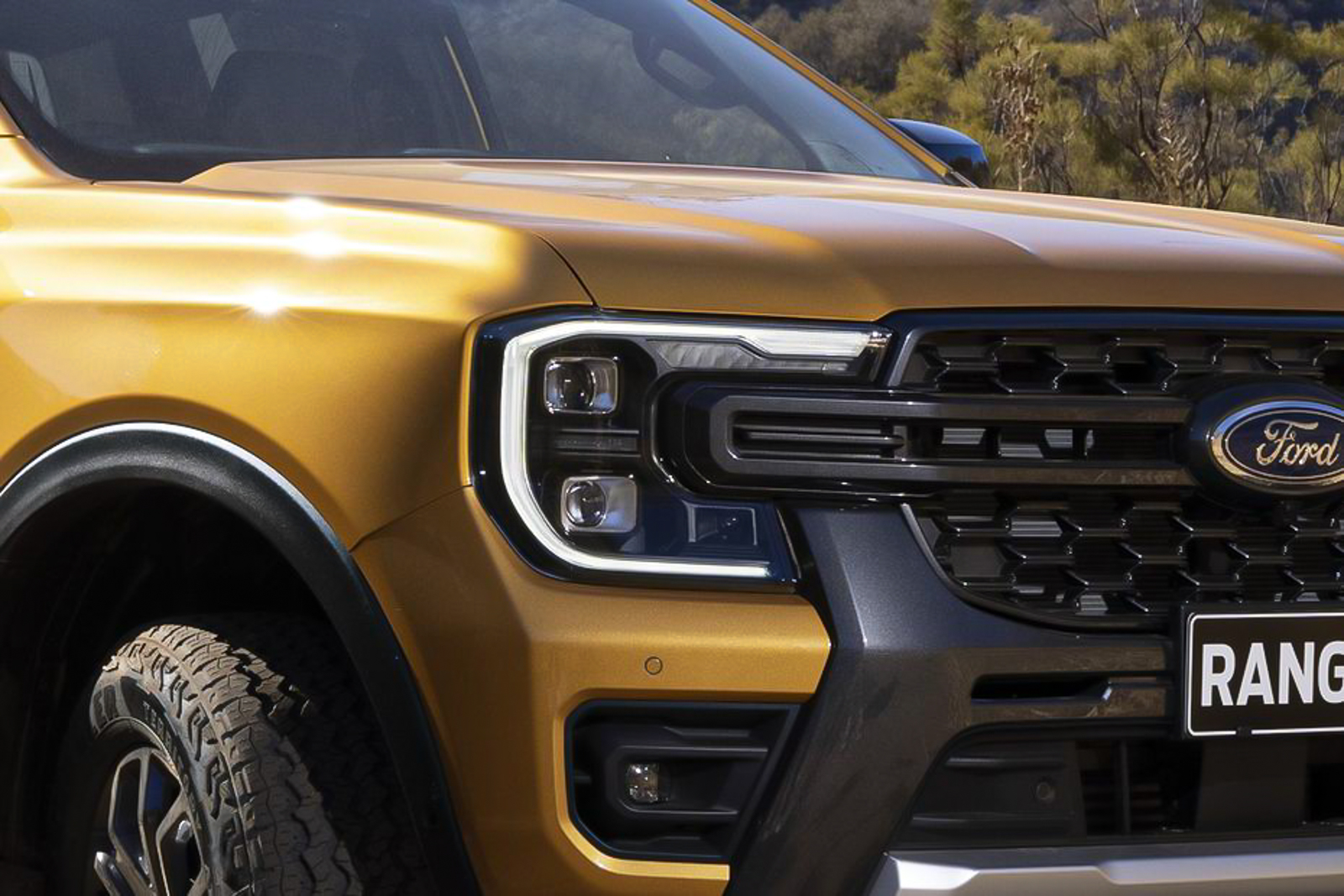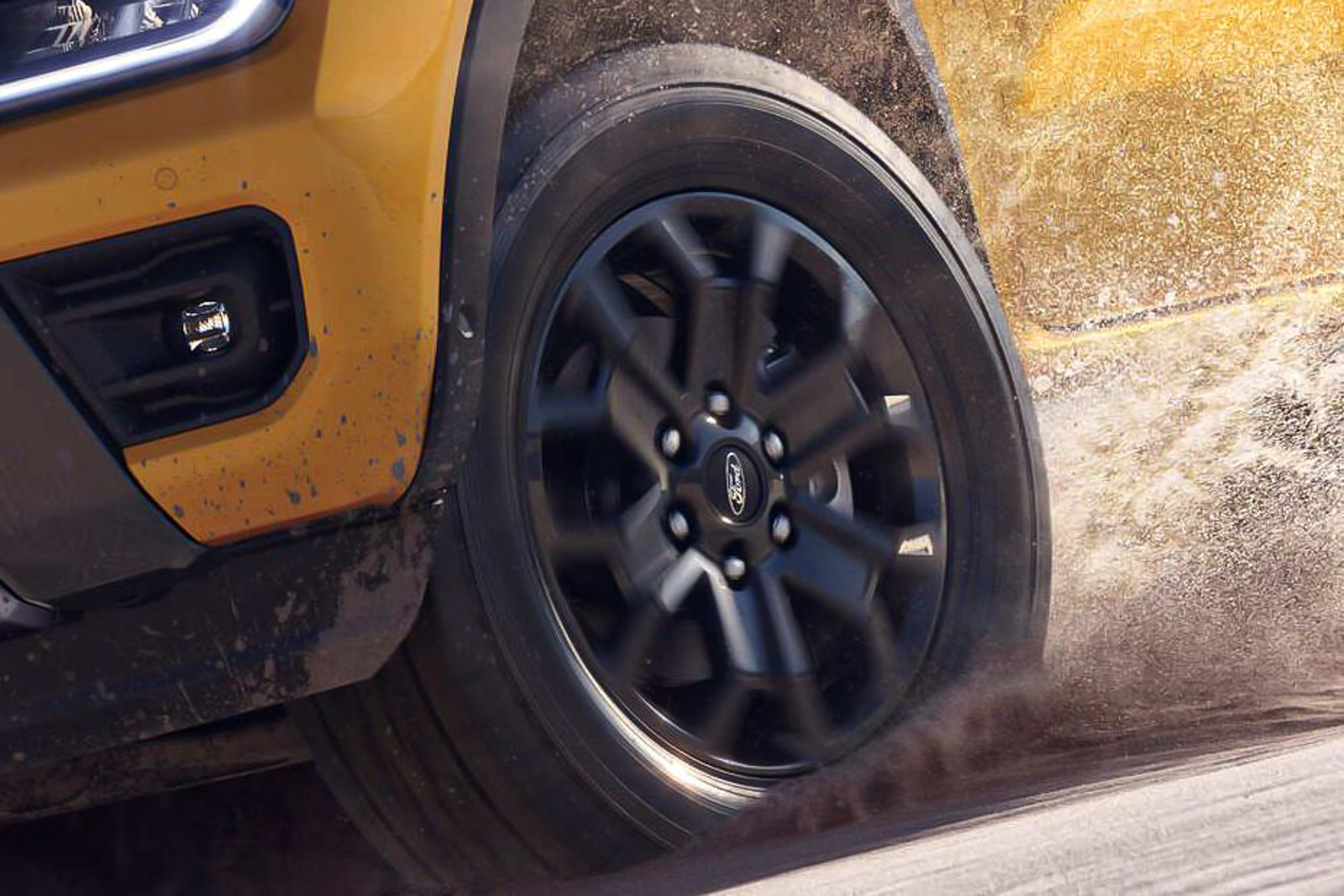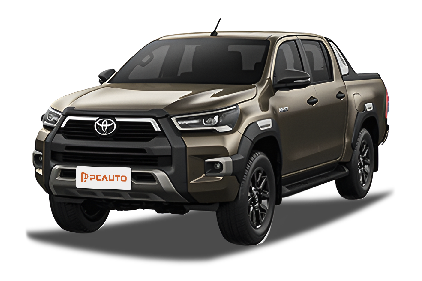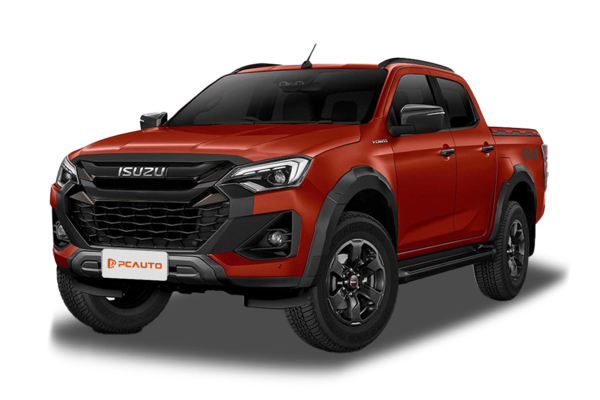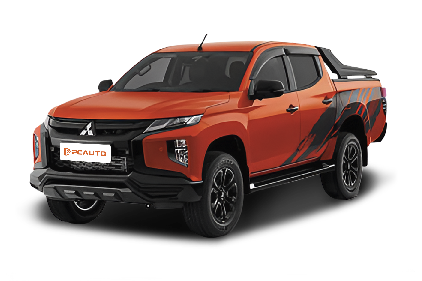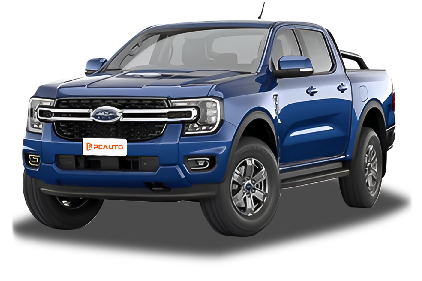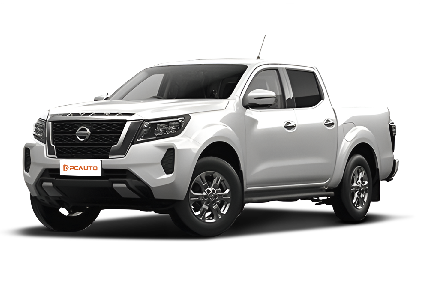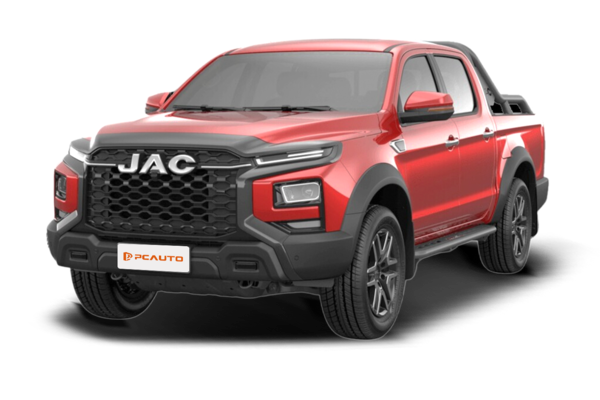Q
How much horsepower does a 2023 Raptor have?
The 2023 Ford Raptor comes with a 3.5-liter EcoBoost V6 twin-turbo engine, cranking out 450 horsepower and 691 Nm of peak torque, mated to a 10-speed automatic transmission. It’s got some serious muscle, perfect for off-roading and high-speed driving. This truck also packs an advanced 4WD system and terrain management system, making it a breeze to handle all kinds of tough road conditions. If you’re into high-performance pickups, the Raptor’s a solid choice—it’s not just powerful, but also has great suspension tuning and off-road chops, plus it’s pretty comfortable for daily driving. On top of that, the EcoBoost tech balances power and fuel efficiency; sure, it drinks more than regular models, but it’s actually pretty reasonable for a performance truck in its class. And if you need even more grunt, there’s the Raptor R, which rocks a 5.2-liter supercharged V8 with over 700 horsepower—though it’ll cost you more upfront and at the pump.
Q
What is the V6 engine in the Raptor 2023?
The 2023 Ford Raptor is powered by a 3.5-liter EcoBoost twin-turbocharged V6 engine, renowned for its impressive power delivery and fuel efficiency. It cranks out 450 horsepower and 691 Nm of peak torque, paired with a 10-speed automatic transmission that delivers robust acceleration and off-road capability. The V6 design maintains strong power output while being lighter than a traditional V8, enhancing overall vehicle handling and fuel economy. This engine also features advanced turbocharging tech and direct injection, churning out ample torque at low revs—perfect for both off-roading adventures and highway cruises. For performance truck enthusiasts, the Raptor's V6 doesn't just handle daily drives; it excels in tough terrain with outstanding capability. Plus, the turbocharging setup strikes a solid balance between eco-friendliness and performance, keeping up with modern automotive tech trends.
Q
How does the 2023 Raptor compare to the TRX?
The 2023 Ford F-150 Raptor and Ram 1500 TRX are both icons of high-performance full-size pickups, but their design philosophies and performance focuses set them apart. The Raptor packs a 3.5L EcoBoost V6 twin-turbo engine with 450 horsepower, emphasizing high-speed off-road capability and lightweight construction. It comes with upgraded FOX Live Valve dampers and a smarter terrain management system, making it ideal for long-distance trail runs and complex landscapes. The TRX, on the other hand, rocks a 6.2L supercharged Hemi V8 cranking out a beastly 702 horsepower, prioritizing straight-line acceleration and extreme off-road dominance. Equipped with Bilstein Black Hawk e2 adaptive shocks, it’s more for folks chasing raw power and old-school rugged off-roading. Inside, the Raptor leans into utility and tech, standard with a 12-inch touchscreen and SYNC 4, while the TRX ups the luxury ante with suede seats and premium audio. Neither is a fuel sipper, but the TRX’s V8 definitely drinks more. Choosing between them boils down to your needs: the Raptor suits those who love bombing through deserts and want balanced performance, while the TRX is the go-to for max horsepower and that classic American muscle vibe. Also, keep in mind road adaptability if you’re using these high-performance trucks locally—their wide bodies and off-road suspension can feel a bit clunky around town.
Q
Does the 2023 Raptor have self-driving?
The 2023 Ford Raptor doesn't come with full self-driving capability, but it does pack some advanced driver-assistance systems. Think adaptive cruise control, lane-keeping assist, and automatic emergency braking—stuff that can give you a semi-automated driving experience under certain conditions. Important to note, though: these systems still need the driver to stay focused and ready to take over at any time to keep things safe. A lot of high-performance pickups and SUVs on the market these days have similar driver-assistance tech, but it's all designed to cut down on driver fatigue, not replace the person behind the wheel. If you're into autonomous driving tech, keep an eye on some of the newer electric vehicle brands—they tend to pour more R&D into automated driving. But even the fanciest systems out there are still in the limited-condition, driver-assist phase. Fully self-driving cars still have a long road ahead, both in terms of regulations and technology.
Q
How big is the gas tank on a 2023 Ford Ranger?
The 2023 Ford Ranger has an 80-liter fuel tank, a design that balances practicality for long drives and efficiency for daily use. As a pickup truck, a larger tank means fewer stops at the pump, which is especially handy for folks who often take cross-state trips or go off-roading. It’s worth noting that tank size and fuel economy go hand in hand here. The Ranger’s 2.0-liter turbo diesel engine delivers solid power while being efficient, and with that 80-liter tank, it theoretically can go over 800 kilometers on a full fill. In real-world use, it’s a good idea to regularly check that the fuel cap seals tight and avoid running on low fuel for too long—those habits help keep the fuel system in good shape. Also, while a big tank means longer range, it does add extra weight to the truck. So, for short city commutes, keeping the tank around half full can actually help boost fuel efficiency a bit.
Q
What transmission is in the 2023 Ford Ranger?
The 2023 Ford Ranger offers two transmission options based on different powertrain configurations. The 2.0-liter single-turbo or bi-turbo diesel engines are paired with a 10-speed automatic transmission, while the 3.0-liter V6 turbocharged diesel engine comes with an upgraded, more robust 10-speed automatic transmission. Both gearboxes have been specifically tuned to balance off-road capability with on-road driving smoothness. The advantage of the 10-speed transmission lies in its closely spaced gear ratios, which optimize power delivery and improve fuel efficiency, particularly excelling during low-speed climbing or high-speed cruising. It's worth noting that this transmission works in conjunction with Ford's Terrain Management System, automatically adapting to challenging road conditions like sand and mud. For users who frequently need to carry heavy loads or tow, the transmission's built-in Tow/Haul mode provides more abundant torque output by delaying upshifts. In terms of maintenance, it's recommended to check the transmission fluid condition every 60,000 kilometers. If you regularly engage in high-intensity off-roading or towing, the maintenance interval should be shortened, and using the factory-specified transmission fluid is essential to ensure optimal durability.
Q
How much does a brand new 2023 Ford Ranger cost?
The 2023 Ford Ranger's price varies depending on the trim and configuration. The base XL model starts at around RM100,000, while the top-spec Wildtrak could exceed RM160,000. For the latest pricing, it's best to check with your local dealer. This pickup truck is powered by a 2.0-liter turbocharged diesel engine, delivering solid power and fuel efficiency, along with good payload and towing capacities, making it suitable for various road conditions and usage scenarios. The Ranger also comes loaded with safety features, including adaptive cruise control, lane-keeping assist, and automatic emergency braking. As a globally popular midsize pickup, it has a strong reputation for reliability, durability, and off-road capability. Recent upgrades to its exterior and interior have further enhanced its tech feel and comfort, making it one of the top contenders in its class.
Q
What are the maintenance costs for a 2023 Ranger?
The maintenance costs for the 2023 Ranger can vary depending on the specific trim and how you drive it, but generally, basic services like an oil and oil filter change will set you back around 300 to 500 ringgit. That range depends on the type of oil you go for and what the service center charges. If you need a more comprehensive service—think air filter replacement, brake fluid flush, or transmission oil change—you’re looking at 800 to 1200 ringgit instead.
And let’s not forget long-term costs: tires wear out, brake pads need replacing. To keep things running smoothly, I’d recommend a basic check-up every 10,000 kilometers or six months. Trust me, regular maintenance isn’t just about extending the truck’s life—it also boosts fuel efficiency and cuts down on unexpected breakdowns.
If you’re someone who frequently takes your Ranger off-roading or drives on rough terrain, you’ll want to inspect the suspension and 4WD components more often. Those extra checks might add a bit to your maintenance bill, but they’re worth it.
Finally, stick to the official maintenance manual and go to authorized service centers. Using genuine parts and getting professional service is the best way to keep your Ranger in top shape.
Q
What is the 0 60 time for the 2023 Ford Ranger?
The 2023 Ford Ranger's 0-100 km/h acceleration time varies by powertrain. The Raptor performance variant with the 2.0L four-cylinder bi-turbo diesel engine can do it in around 6.8 seconds, while the regular 3.0L V6 turbo diesel model takes about 7.9 seconds. Actual performance can also be affected by transmission tuning, payload, and road conditions. This pickup features an advanced 10-speed automatic transmission and four-wheel drive system, balancing off-road capability with on-road performance, placing its acceleration in the upper-middle range among competitors. It's worth noting that acceleration tests for pickups are usually done with an empty load; real-world acceleration will decrease when carrying cargo or towing a trailer. These figures mainly showcase the vehicle's power reserve, but in daily use, low-end torque output is more important—especially for practical scenarios like hauling or climbing hills.
Q
Where is the 2023 Ford Ranger built?
The 2023 Ford Ranger is primarily built at the Ford Southeast Asia Manufacturing Center in Rayong, Thailand – a key production hub for Ford in the Asia-Pacific region, supplying multiple markets including the local one. This pickup rides on a global platform, with its chassis tuning and powertrain specifically optimized for Southeast Asian road conditions. Take the 2.0L bi-turbo diesel engine, for example – it balances durability in tropical climates with the need for strong torque output. It’s worth noting that the current Ranger shares some tech with the Volkswagen Amarok but retains Ford’s signature driving feel, with things like the electric power steering and Terrain Management System getting unique calibrations. For owners who love modifying their rides, the body-on-frame construction and robust ecosystem of factory accessories offer solid upgrade potential, from skid plates to bed roll bars – you can find a solution for just about anything. On the after-sales front, authorized dealers across Malaysia provide maintenance support up to Ford’s global standards, including specialized synthetic oils and diagnostic equipment.
